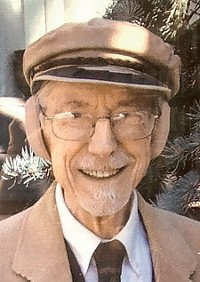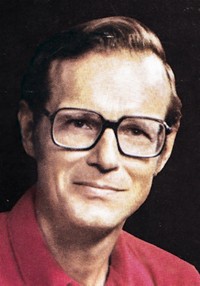Advertisement
Grab your lab coat. Let's get started
Welcome!
Welcome!
Create an account below to get 6 C&EN articles per month, receive newsletters and more - all free.
It seems this is your first time logging in online. Please enter the following information to continue.
As an ACS member you automatically get access to this site. All we need is few more details to create your reading experience.
Not you? Sign in with a different account.
Not you? Sign in with a different account.
ERROR 1
ERROR 1
ERROR 2
ERROR 2
ERROR 2
ERROR 2
ERROR 2
Password and Confirm password must match.
If you have an ACS member number, please enter it here so we can link this account to your membership. (optional)
ERROR 2
ACS values your privacy. By submitting your information, you are gaining access to C&EN and subscribing to our weekly newsletter. We use the information you provide to make your reading experience better, and we will never sell your data to third party members.
People
Zimmerman Dies At 85
UW Madison professor forged new paths in organic photochemistry and molecular orbital theory
by Susan J. Ainsworth
March 5, 2012
| A version of this story appeared in
Volume 90, Issue 10
Howard E. Zimmerman, 85, an emeritus professor of chemistry at the University of Wisconsin, Madison, died on Feb. 12 from injuries suffered in a fall.
Born in New York City, Zimmerman served in the Army as a tank gunner in Europe during World War II. He then attended Yale University, where he received a B.S. in chemistry in 1950, graduating first in his undergraduate class, and a Ph.D. in chemistry in 1953, under James English Jr.
After conducting postdoctoral research with Robert B. Woodward at Harvard University, Zimmerman began his career as an assistant professor at Northwestern University in 1954. He joined the chemistry faculty at UW Madison in 1960, becoming its Arthur C. Cope Professor of Chemistry in 1971 and its Hilldale Professor of Chemistry in 1990.
Early in his career, Zimmerman devised and carried out insightful mechanistic studies concerning enolization of carbonyl compounds and, with Northwestern undergraduate Marjorie Traxler, proposed what came to be known as the Zimmerman-Traxler transition state to describe the aldol condensation. At Northwestern, Zimmerman also began to lay the foundation for research programs in organic photochemistry and molecular orbital theory, which would blossom during his years at Wisconsin.
Zimmerman applied the concepts of Hückel and Möbius topologies to the analysis of pericyclic reactions. He was the first to recognize the topological condition, now described as a conical intersection, by which excited-state and ground-state potential energy surfaces interact. He and his coworkers were at the center of the burgeoning field of organic photochemistry. He authored 289 research publications.
Zimmerman joined ACS in 1951, receiving the ACS Award for Photochemistry in 1971 and the James Flack Norris Award in Physical Organic Chemistry in 1976, both from the society’s Northeastern Section, and an Arthur C. Cope Scholar Award in 1991. Elected to the National Academy of Sciences in 1980, he received the Halpern Award from the New York Academy of Sciences that same year, the Pioneering Award from the American Institute of Chemists in 1985, the Alexander von Humboldt Senior Scientist Award from the Alexander von Humboldt Foundation in 1988, the Hilldale Award from the University of Wisconsin in 1990, and the Porter Medal in Photochemistry in 2006.
He retired from the UW Madison faculty in December 2010 but maintained an active research program until his death. Former students and colleagues honored him at a symposium in Madison in September 2011.
Zimmerman is survived by his wife, Peggy; sons, Robert, Steven, and James; step-children, Peter Kaufman, Tanya Magee, and Melissa Heisz; three grandchildren; and three step-grandchildren. He was preceded in death by his first wife, Jane.





Join the conversation
Contact the reporter
Submit a Letter to the Editor for publication
Engage with us on Twitter